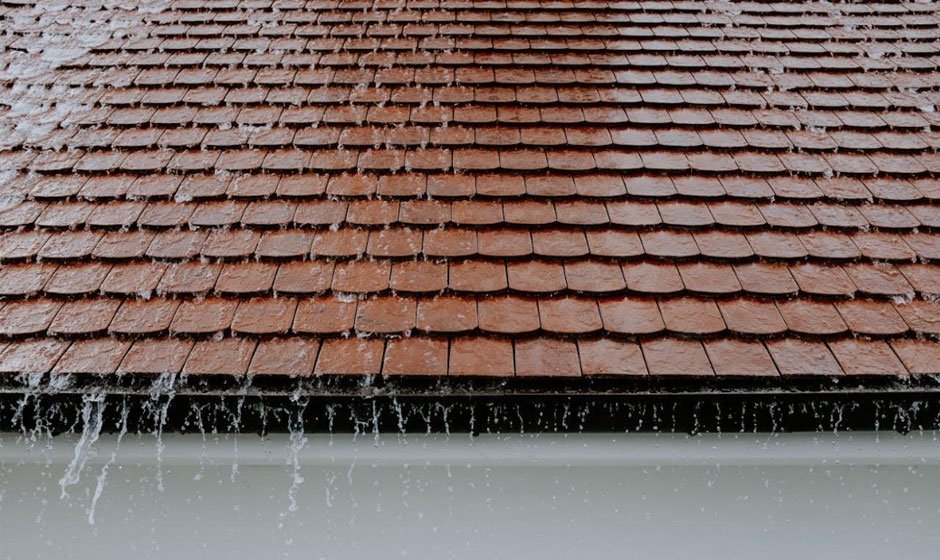Emergency Preparedness: Steps to Take Before, During, and After a Storm

Preparing for storms is essential to ensure safety and minimize damage. Aurora, with its unique climate, often faces severe weather, making emergency preparedness essential. Residents must be proactive in planning and taking precautions before, during, and after a storm. Understanding and implementing the right steps can protect your home and loved ones. This guide will help Aurora residents navigate storm preparedness effectively. In this blog, we will share practical steps to take before, during, and after a storm.
Create an Emergency Plan
Developing an emergency plan is the first step in storm preparedness. Outline evacuation routes and designate a meeting place for your family. Ensure everyone knows emergency contacts and important phone numbers. Practice your emergency plan regularly to ensure everyone is familiar with it. Include plans for pets and any special medical needs. Keep your emergency plan in an easily accessible location.
Assemble an Emergency Kit
Gather essential items into an emergency kit for quick access during a storm. Include items like water, non-perishable food, medications, and first-aid supplies. Don’t forget flashlights, batteries, and important documents. Ensure you have enough supplies for at least three days. Store your emergency kit in a sturdy, waterproof container. Regularly check and update your kit to ensure everything is in good condition.
Inspect & Repair
Inspect your home for any potential weaknesses that could be affected by a storm. Pay special attention to your roof, as it is the topmost protective layer of your house. Secure loose shingles, repair leaks, and reinforce the roof structure. Trim trees and branches that could fall and damage your home. Clean gutters and downspouts to ensure proper drainage. If you are considering roof replacement in Aurora, make sure to check out Ladder Legends. Additionally, reinforce doors and windows with storm shutters or plywood, and check the foundation and exterior walls for cracks or vulnerabilities.
Stay Informed
Keep updated with the latest weather reports and emergency alerts. Use a battery-powered or hand-crank radio to receive updates if the power goes out. Follow the advice of local authorities regarding evacuations or sheltering in place. Avoid using electrical appliances and devices during the storm. Stay inside and keep away from windows and glass doors. Have a backup power source for charging essential devices like cell phones. Keep a list of emergency numbers handy. Familiarize yourself with the emergency plan specific to your area.
Secure Your Home
Make sure all doors and windows are securely closed and locked. Move outdoor furniture and decorations inside to prevent them from becoming projectiles. Shut off utilities like gas, water, and electricity if advised by authorities. Use sandbags to prevent water from entering your home if you’re in a flood-prone area. Stay in a safe room or an interior room on the lowest level of your home. Keep emergency supplies and your emergency kit within reach. Secure any loose items in the yard that could cause damage. Double-check that your garage door is securely closed and locked.
Stay Calm and Connected
Keep calm and reassure family members, especially children. Stay connected with friends and family to let them know you’re safe. Use text messages or social media to communicate, as phone lines may be busy. Conserve battery power by using your phone only for essential communication. Keep a list of emergency contacts and important phone numbers handy. Follow any additional instructions from local authorities. Encourage everyone to stay calm and follow the emergency plan. Make sure to check in regularly with updates on your situation.
Assess Damage Safely
Wait for official confirmation that it is safe to leave your shelter. When it is safe, check for any immediate dangers like downed power lines or gas leaks. Take photos of any damage for insurance purposes. Avoid wading through floodwaters, as they can be contaminated or electrically charged. Wear protective clothing and footwear when inspecting your property. Begin cleanup and repairs only when it is safe to do so. Document the damage thoroughly before starting any repairs. Contact local authorities to report significant hazards.
Contact Insurance and Repair Services
Notify your insurance company about any damage as soon as possible. Provide detailed information and photos to support your claim. Keep records of all communications with your insurance company. Hire reputable repair services for necessary repairs to your home. Get multiple quotes and check references before hiring contractors. Ensure repairs meet local building codes and standards. Keep copies of all repair receipts and documents for future reference. Ask your insurance provider for recommendations on trusted repair services.
Help Neighbors and Community
Check on your neighbors, especially the elderly or those with disabilities. Offer assistance with cleanup and repairs if you are able. Share resources like water, food, and supplies with those in need. Volunteer with local organizations providing storm relief. Stay informed about community recovery efforts and resources. Strengthen community bonds by working together during recovery. Organize neighborhood groups to coordinate relief efforts. Offer emotional support and companionship to those affected.
Document and Learn from the Experience
Keep a detailed record of the storm and its impact on your home and community. Note what worked well in your emergency plan and what needs improvement. Update your emergency plan and kit based on your experience. Share your experiences and lessons learned with others. Attend community meetings or workshops on emergency preparedness. Use the experience to be better prepared for future storms.
Plan for Long-term Recovery
Develop a long-term recovery plan for your home and family. Prioritize repairs and improvements to prevent future damage. Consider home improvements like storm-resistant windows or reinforced roofs. Reevaluate your insurance coverage to ensure it meets your needs. Stay engaged with community recovery efforts and support initiatives. Take steps to build resilience against future storms.
Maintain Preparedness
Regularly review and update your emergency plan and kit. Stay informed about potential storm threats in your area. Participate in community emergency preparedness activities. Educate family members about ongoing preparedness efforts. Invest in home improvements to increase your property’s resilience. Practice your emergency plan regularly to keep it fresh in everyone’s mind.
Conclusion
Staying prepared for storms requires ongoing effort and vigilance. By taking proactive steps before, during, and after a storm, you can protect your home and loved ones. Effective preparedness can reduce the impact of storms and aid in quicker recovery. It’s important to remain informed and engaged with community efforts. Building a culture of preparedness within your home and community strengthens overall resilience. With the right strategies, you can face storms with confidence and security.



